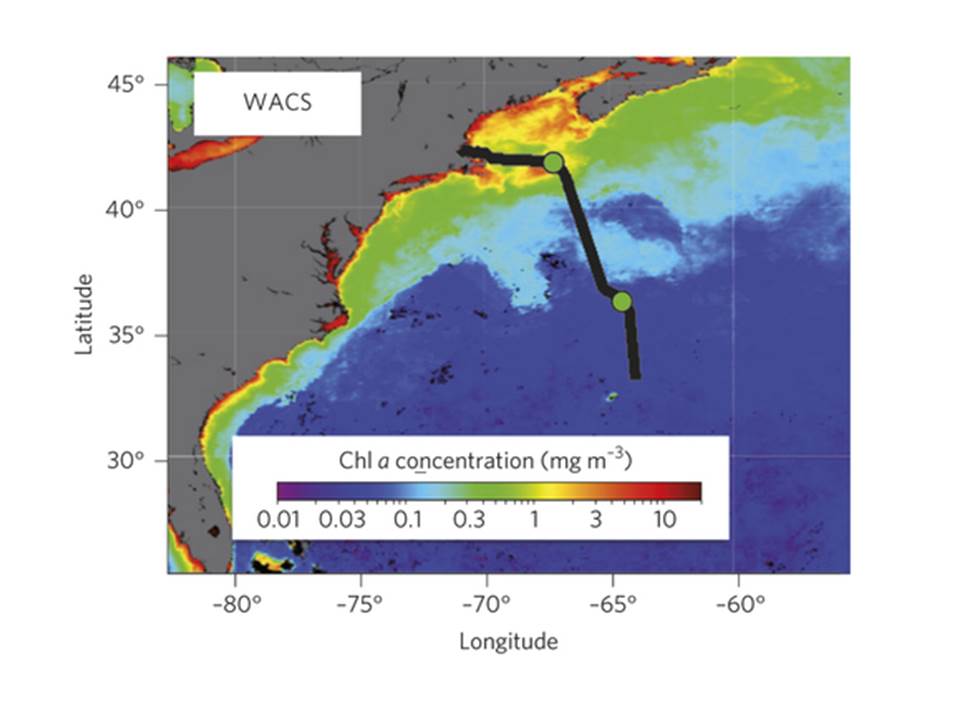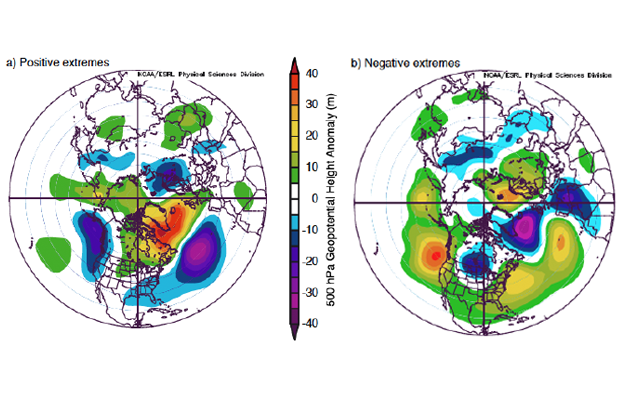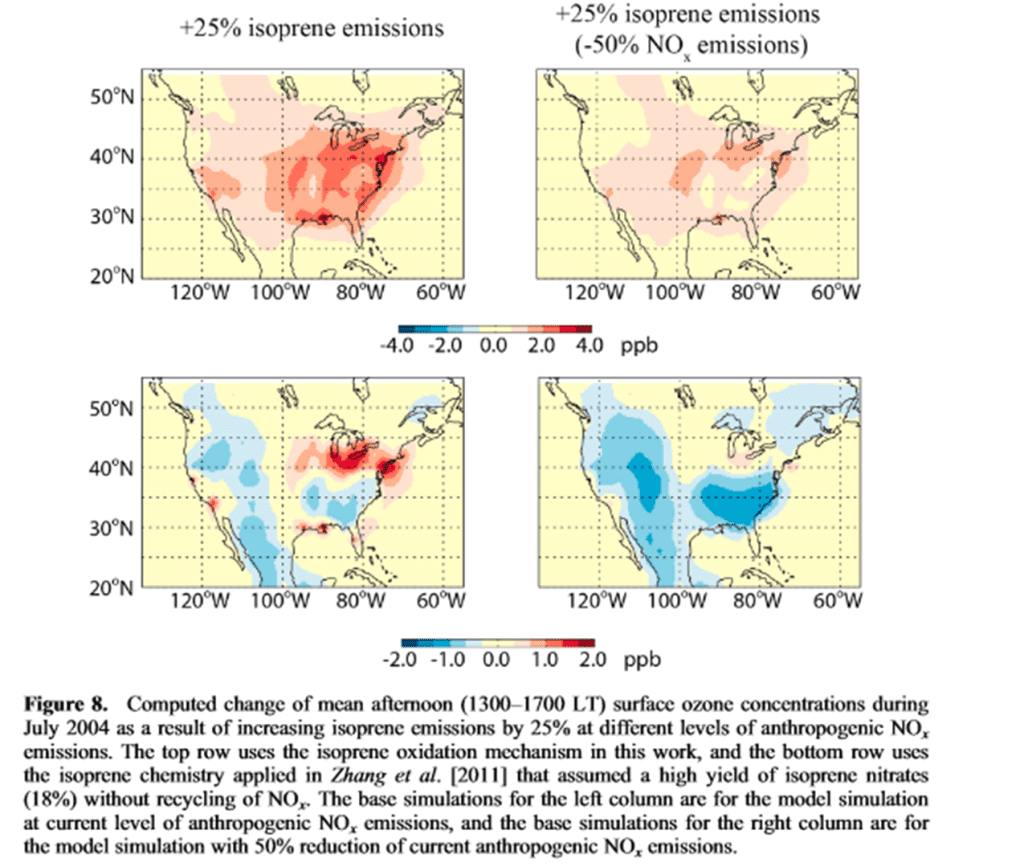Atmosphere and Ocean Origins of North American Droughts
Research funded by CPO’s Climate Variability and Predictability (CVP) program has been accepted for publication in the Journal of Climate.
Atmosphere and Ocean Origins of North American Droughts Read More »








